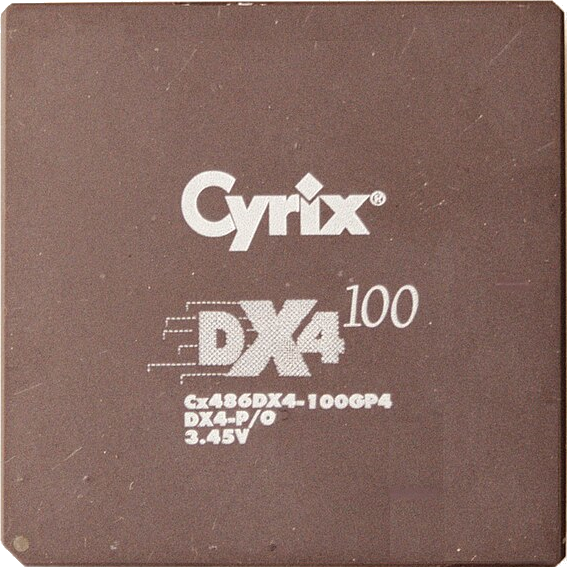When it comes to privacy (and also security), using a router provided by the cable company is a concern, because that router can see and access all devices on your local network and you can’t be sure that security issues are patched in a timely fashion if ever… Using a modem provided by the cable company on the other hand is not much of an issue, because you have to trust the company anyway, when it comes to your traffic to/from the Internet. These days most of the Internet traffic is encrypted (except DNS, which is often still unencrypted), so that is not a big deal. Of course there can be other reasons to use a different modem.
In either case, it makes sense to switch to a non-ISP DNS server, preferably an encrypted one (DNS-over-TLS or DNS-over-HTTPS), so the ISP can’t see which websites you are accessing.



Matrix also does have a pretty big problem with meta data. By default it stores a ton of meta data (at least the reference server implementation does) and I am not sure if this is even a solvable problem without redesigning the protocol. When opting for an alternative to Signal, XMPP is probably the better choice.